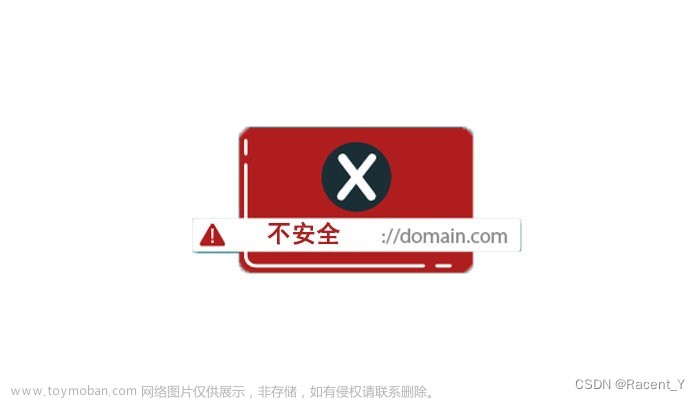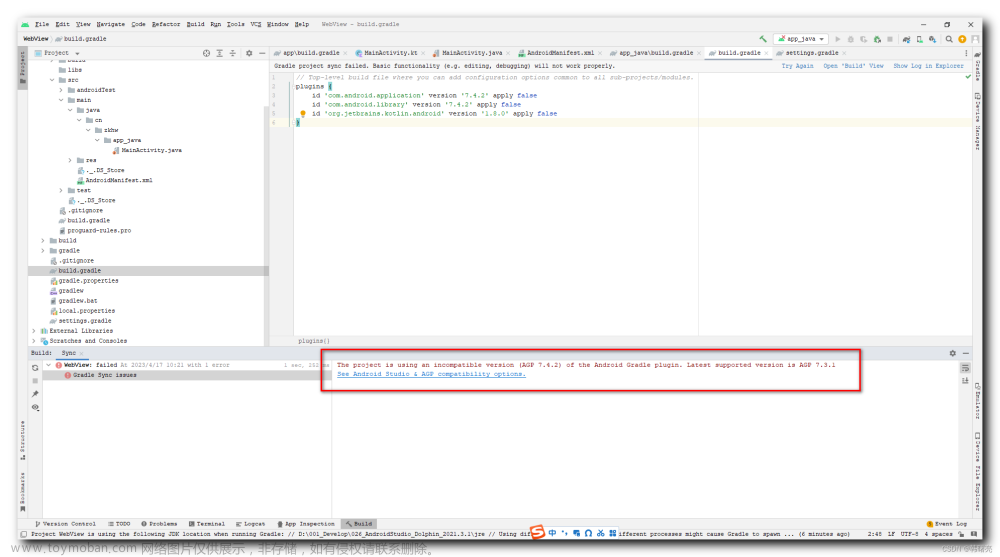一、Raw use of parameterized class ‘xxxx‘
原因:泛型使用了原生态类型,会导致丢失类型安全性
解决:在类后面加上对应泛型
二、Condition 'xxxx' is always 'true'
原因:ide推断出这条语句永远为true,就没有必要存在
解决:删除该语句
三、Typo: In word 'xxxx'
原因:命名没有按照标准的驼峰命名法
解决:采用驼峰命名法
四、Field can be converted to a local variable
原因:这个变量可以使用局部变量替换不用全局定义,建议删除并写成局部变量。
解决:把全局变量删除,在使用的地方定义即可
五、Lambda can be replaced with method reference
原因:lambda可以替换为方法引用
解决:用::代替方法引用
六、Unchecked cast: 'xxxx' to 'xxxx'
原因:在进行类型转换时,对不确定转换后的类型进行转换
解决:使用泛型边界进行限制
举例:
如果要将一个Object类型的变量转换为指定的泛型类型T
public static <T> T convert(Object obj, Class<T> clazz) {
if(clazz.isInstance(obj)) {
return clazz.cast(obj);
} else {
return null;
}
}对于一个List来说
public static <T> List<T> castList(Object obj, Class<T> clazz) {
List<T> result = new ArrayList<>();
if (obj instanceof List<?>) {
for (Object o : (List<?>) obj) {
result.add(clazz.cast(o));
}
return result;
}
return null;
}对于map
Map<?, ?> map = (Map<?, ?>) data;七、Unchecked call to 'xxxx" as a member of raw type ''xxxx"
原因:未经检查
解决:
八、It will always be more efficient to use more specific change events if you can. Rely on notifyDataSetChanged as a last resort.
原因:在使用一个适配器的时候,使用一个更加具体的改变事件来获取更高的效率,把notifyDataSetChanged() 作为最后的使用手段.
notifyItemChanged(int)
notifyItemInserted(int)
notifyItemRemoved(int)
notifyItemRangeChanged(int, int)
notifyItemRangeInserted(int, int)
notifyItemRangeRemoved(int, int)
九、Argument 'xxx' might be null
原因:参数可能为空
十、Do not concatenate text displayed with setText. Use resource string with placeholders.
应该使用资源字符串来显示文本占位符,与在xml布局中直接写汉字的警告是一个意思。字符串拼接也好,直接写的汉字也好,都应该在strings.xml文件中声明,然后引用文章来源:https://www.toymoban.com/news/detail-693063.html
未完待续……文章来源地址https://www.toymoban.com/news/detail-693063.html
到了这里,关于消除Android中代码警告 一、Raw use of parameterized class ‘xxxx‘ 的文章就介绍完了。如果您还想了解更多内容,请在右上角搜索TOY模板网以前的文章或继续浏览下面的相关文章,希望大家以后多多支持TOY模板网!













